In the concept of Traditional Chinese Medicine (TCM), all diseases can be distilled down to two fundamental issues: one is the abnormality of Qi, known as Qi disease, and the other is the abnormality of blood, known as blood disease.Why is this the case? This is because the functioning of life within our bodies relies on the balance of Qi and blood; once one aspect encounters a problem, various diseases will arise.Nourishing Qi and blood is one of the most fundamental methods of health maintenance in TCM. If we were to identify the most famous Qi tonics, they would likely be either Ginseng (Ren Shen) for its ability to “tonify the original Qi” or Astragalus (Huang Qi), known for its long-standing reputation as a Qi tonic.If we were to discuss the most renowned blood tonics,the undisputed champion would be this herb—Angelica Sinensis (Dang Gui).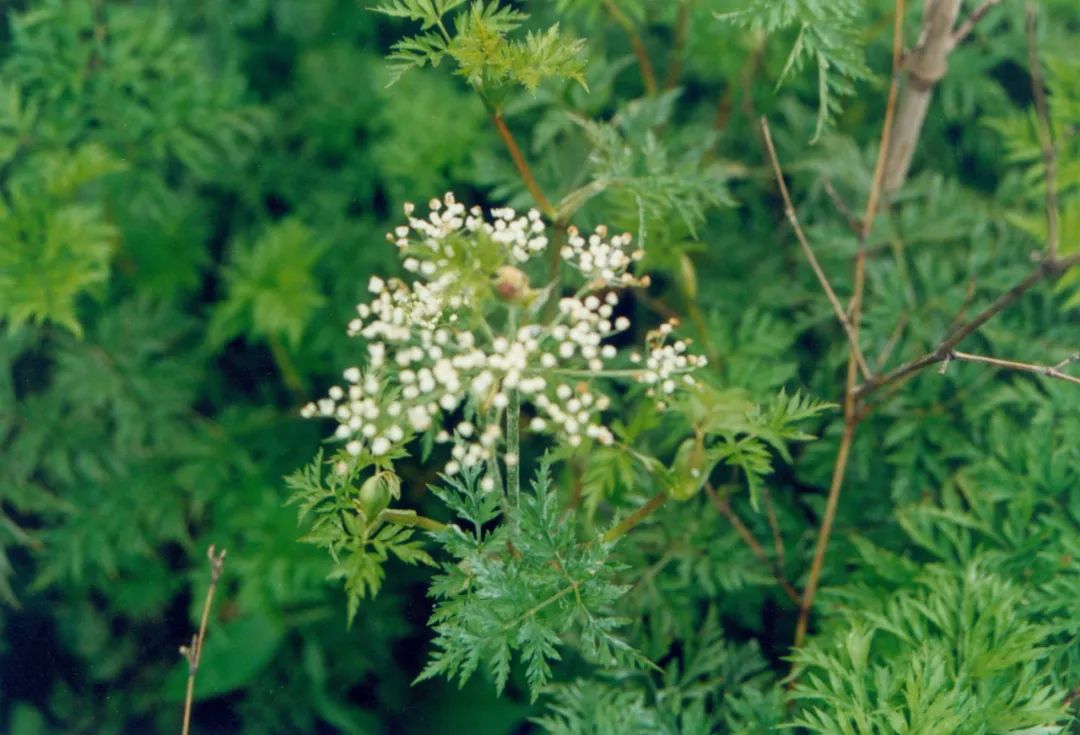 Angelica Sinensis, known as Dang Gui, actually carries the meaning of “returning home” in its name.Thus, many believe that Dang Gui is named for its ability to regulate Qi and nourish blood, allowing both to return to their rightful places.Regarding this,Li Shizhen in his “Compendium of Materia Medica” mentions that Dang Gui has always been regarded as an essential medicine for gynecological issues, carrying the connotation of “missing one’s husband.”This sentiment aligns perfectly with the Tang poem, “Hemp is easy to plant, yet no one plants it; it is the time of return, yet I do not return.”However, from a medical perspective, the medicinal value of Dang Gui should not be underestimated.With a long history of medicinal use, it was already recorded in the ancient text “Shennong’s Classic of Materia Medica”.In TCM, Dang Gui is referred to as the “sacred medicine of blood” and “the foremost blood nourishing herb.”Dang Gui has also been a favorite among ancient physicians, with the saying “nine out of ten prescriptions contain Dang Gui” still circulating today; many classic formulas include this herb.
Angelica Sinensis, known as Dang Gui, actually carries the meaning of “returning home” in its name.Thus, many believe that Dang Gui is named for its ability to regulate Qi and nourish blood, allowing both to return to their rightful places.Regarding this,Li Shizhen in his “Compendium of Materia Medica” mentions that Dang Gui has always been regarded as an essential medicine for gynecological issues, carrying the connotation of “missing one’s husband.”This sentiment aligns perfectly with the Tang poem, “Hemp is easy to plant, yet no one plants it; it is the time of return, yet I do not return.”However, from a medical perspective, the medicinal value of Dang Gui should not be underestimated.With a long history of medicinal use, it was already recorded in the ancient text “Shennong’s Classic of Materia Medica”.In TCM, Dang Gui is referred to as the “sacred medicine of blood” and “the foremost blood nourishing herb.”Dang Gui has also been a favorite among ancient physicians, with the saying “nine out of ten prescriptions contain Dang Gui” still circulating today; many classic formulas include this herb.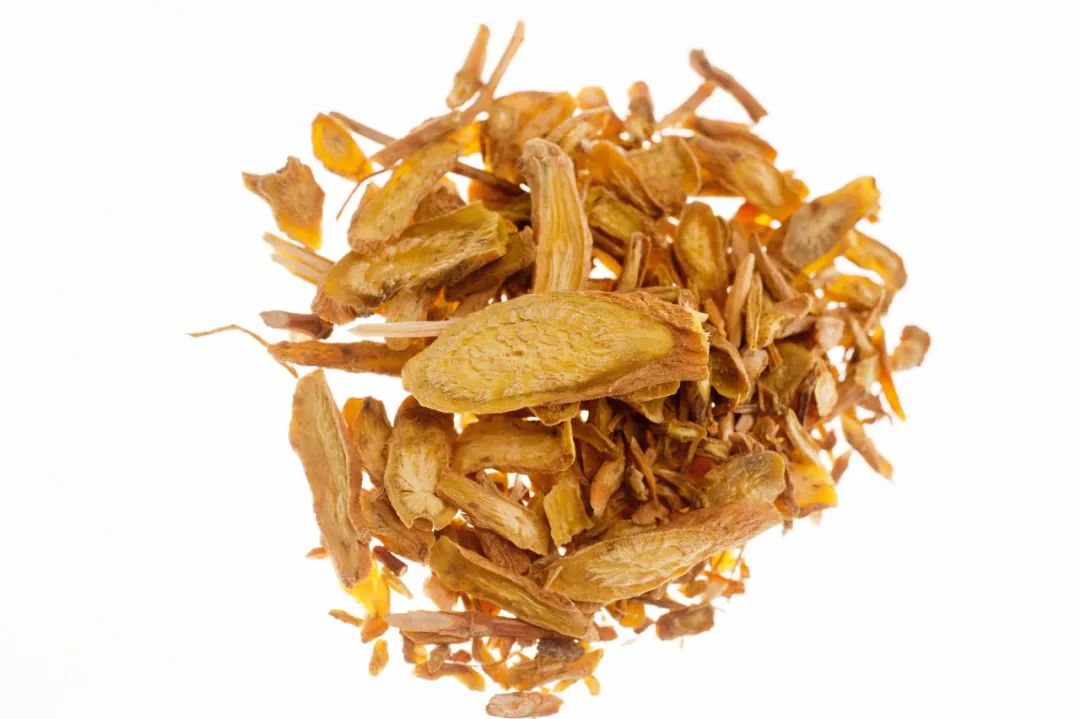 For example, the “Four Substance Decoction” (Si Wu Tang), known as the “first formula for nourishing blood” in the “Formulas of the Bureau of Harmonization”, and the “Dang Gui Blood Nourishing Decoction” (Dang Gui Bu Xue Tang) by the famous physician Li Dongyuan from the Jin and Yuan dynasties, both prominently feature Dang Gui.In many modern Chinese patent medicines, Dang Gui also plays a crucial role.With a mild medicinal property, it primarily enters the Heart (Xin), Liver (Gan), and Spleen (Pi) meridians, which are all closely related to our blood.Firstly, the Heart governs blood, secondly, the Liver stores blood, and finally, the Spleen and Stomach are the source of Qi and blood transformation.As the saying goes, “No blood medicine can do without Dang Gui,” indicating that any herbal remedy related to blood will certainly include Dang Gui.Any condition related to blood, whether it is nourishing blood, promoting blood circulation, or breaking blood stasis, can utilize this herb.It is indeed deserving of the title “universal remedy for blood disorders.”Dang Gui possesses the remarkable ability of “nourishing while moving, and moving while nourishing,” ensuring that when tonifying, there is no stagnation, thus preventing blood stasis.Therefore, it can be aptly described as “the Qi medicine of blood, the sacred medicine of blood.”
For example, the “Four Substance Decoction” (Si Wu Tang), known as the “first formula for nourishing blood” in the “Formulas of the Bureau of Harmonization”, and the “Dang Gui Blood Nourishing Decoction” (Dang Gui Bu Xue Tang) by the famous physician Li Dongyuan from the Jin and Yuan dynasties, both prominently feature Dang Gui.In many modern Chinese patent medicines, Dang Gui also plays a crucial role.With a mild medicinal property, it primarily enters the Heart (Xin), Liver (Gan), and Spleen (Pi) meridians, which are all closely related to our blood.Firstly, the Heart governs blood, secondly, the Liver stores blood, and finally, the Spleen and Stomach are the source of Qi and blood transformation.As the saying goes, “No blood medicine can do without Dang Gui,” indicating that any herbal remedy related to blood will certainly include Dang Gui.Any condition related to blood, whether it is nourishing blood, promoting blood circulation, or breaking blood stasis, can utilize this herb.It is indeed deserving of the title “universal remedy for blood disorders.”Dang Gui possesses the remarkable ability of “nourishing while moving, and moving while nourishing,” ensuring that when tonifying, there is no stagnation, thus preventing blood stasis.Therefore, it can be aptly described as “the Qi medicine of blood, the sacred medicine of blood.” However, due to its warming properties, Dang Gui is particularly suitable for patients with cold syndromes, as it can resolve internal blood stasis and dispel internal cold pathogens.Many people experience cold hands and feet, and there are various reasons for this symptom.However, the two most significant factors are firstly,insufficient Yang Qi, which makes it difficult to warm the extremities, and secondly,insufficient Qi and blood, which fails to nourish the limbs. Especially when Qi and blood are obstructed by cold pathogens, it not only affects the circulation of Qi and blood but also causes Yang Qi to stagnate in other areas, making it difficult to reach the hands and feet.
However, due to its warming properties, Dang Gui is particularly suitable for patients with cold syndromes, as it can resolve internal blood stasis and dispel internal cold pathogens.Many people experience cold hands and feet, and there are various reasons for this symptom.However, the two most significant factors are firstly,insufficient Yang Qi, which makes it difficult to warm the extremities, and secondly,insufficient Qi and blood, which fails to nourish the limbs. Especially when Qi and blood are obstructed by cold pathogens, it not only affects the circulation of Qi and blood but also causes Yang Qi to stagnate in other areas, making it difficult to reach the hands and feet.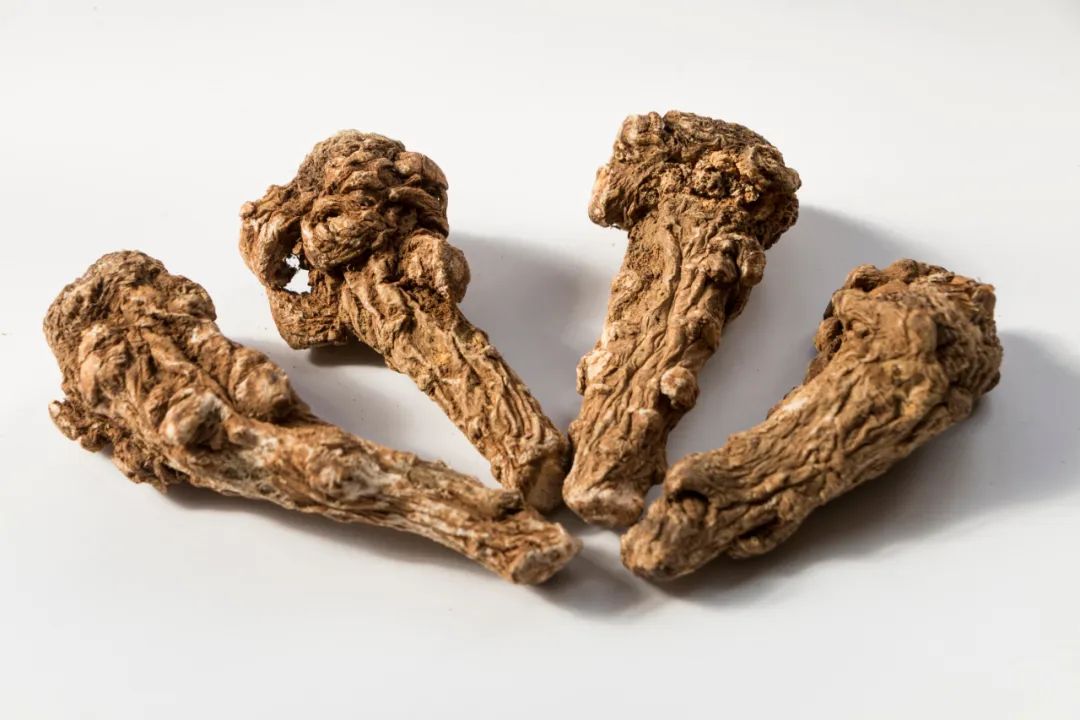 Since Dang Gui is so beneficial, how should it be used?This is a concern for many people. Generally, the whole Dang Gui is used in medicine, but different parts of Dang Gui have varying effects.In general, it follows the principle of“the head can break blood, the body can nourish blood, and the tail can promote blood circulation.”If using the whole Dang Gui, it primarily serves to invigorate and nourish blood.However, depending on the combination with other herbs, the effects may vary; when combined with Ginseng (Ren Shen) or Astragalus (Huang Qi), it can nourish blood, while when combined with Qian Niu Zi or Da Huang, it can break blood stasis.The usage of Dang Gui does not stop there; when preparing Dang Gui, the roots should not be discarded, as they also have the effect of promoting blood circulation and unblocking meridians.
Since Dang Gui is so beneficial, how should it be used?This is a concern for many people. Generally, the whole Dang Gui is used in medicine, but different parts of Dang Gui have varying effects.In general, it follows the principle of“the head can break blood, the body can nourish blood, and the tail can promote blood circulation.”If using the whole Dang Gui, it primarily serves to invigorate and nourish blood.However, depending on the combination with other herbs, the effects may vary; when combined with Ginseng (Ren Shen) or Astragalus (Huang Qi), it can nourish blood, while when combined with Qian Niu Zi or Da Huang, it can break blood stasis.The usage of Dang Gui does not stop there; when preparing Dang Gui, the roots should not be discarded, as they also have the effect of promoting blood circulation and unblocking meridians.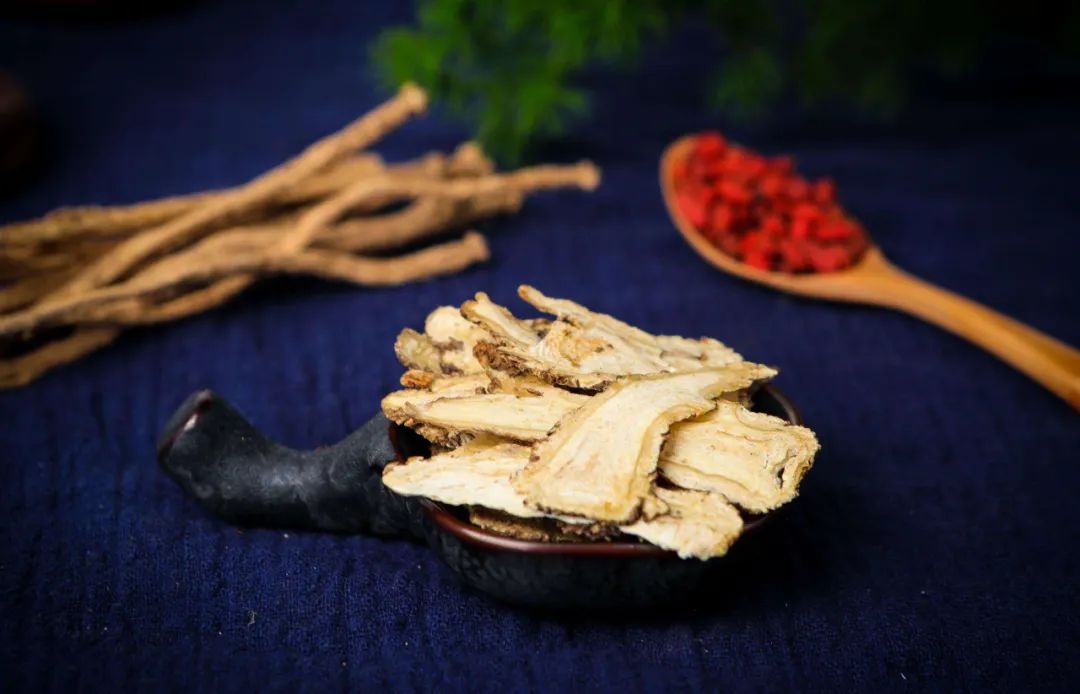 After processing, the medicinal properties of Dang Gui will also change accordingly; for example,alcohol-washed and stir-fried Dang Gui can promote blood circulation; alcohol-steamed Dang Gui can treat headaches; stir-fried Dang Gui with earth can nourish the Spleen and blood; charred Dang Gui can stop bleeding.Regarding the specific usage of Dang Gui, generally, aside from the conventional methods of TCM, it can also be ground into powder and brewed in water, or added to soups and porridge for consumption.Although historical medical texts record that Dang Gui is non-toxic, it is still important to use it reasonably according to one’s physical condition to avoid any adverse symptoms.
After processing, the medicinal properties of Dang Gui will also change accordingly; for example,alcohol-washed and stir-fried Dang Gui can promote blood circulation; alcohol-steamed Dang Gui can treat headaches; stir-fried Dang Gui with earth can nourish the Spleen and blood; charred Dang Gui can stop bleeding.Regarding the specific usage of Dang Gui, generally, aside from the conventional methods of TCM, it can also be ground into powder and brewed in water, or added to soups and porridge for consumption.Although historical medical texts record that Dang Gui is non-toxic, it is still important to use it reasonably according to one’s physical condition to avoid any adverse symptoms.
end
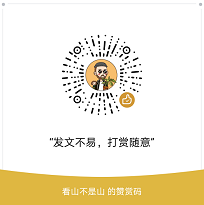
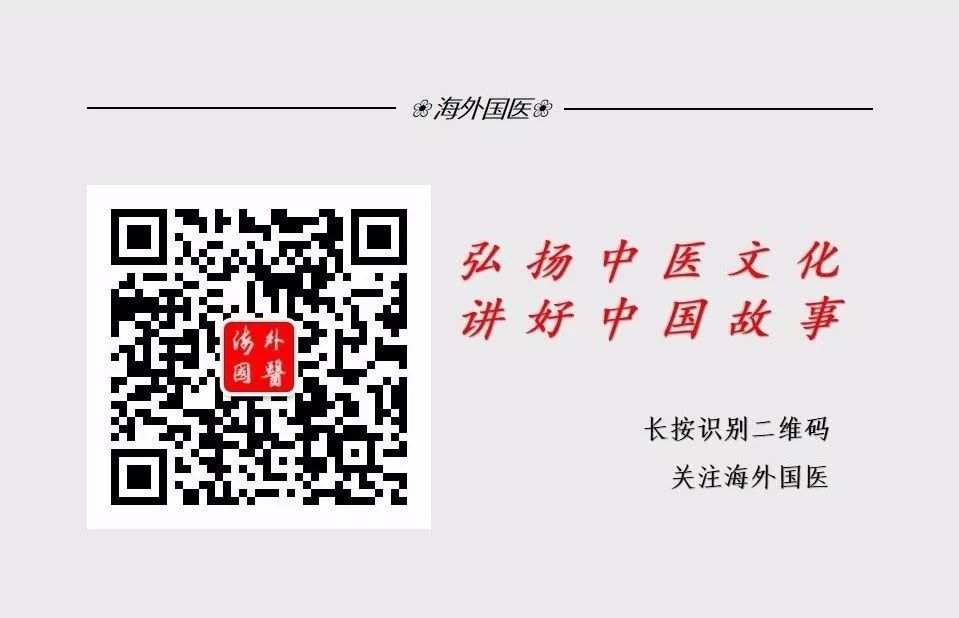
Click “Read the original text”↙ to see more exciting content.


